Pala: You Can’t Eat It
Without Breaking The Shell

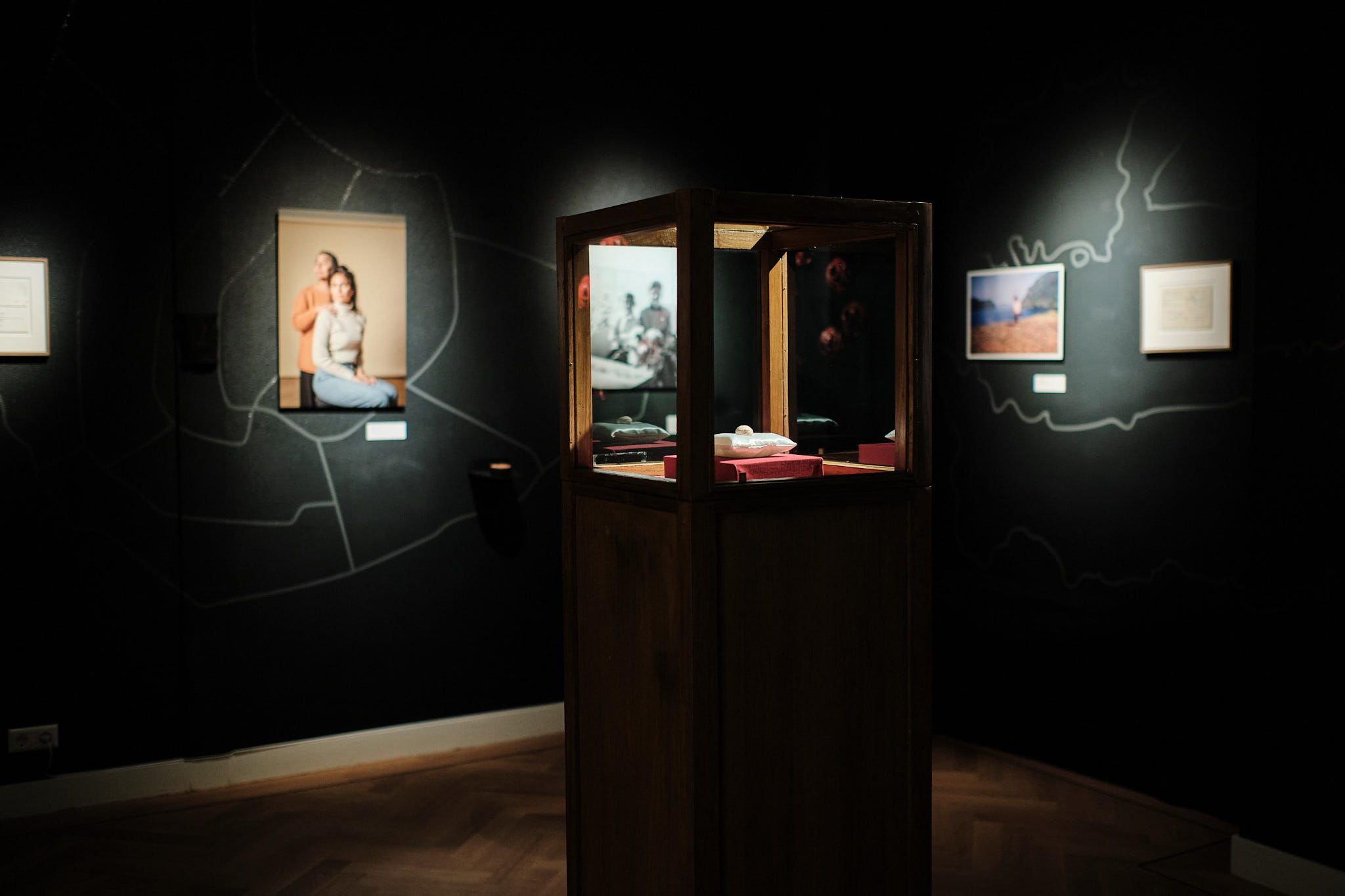





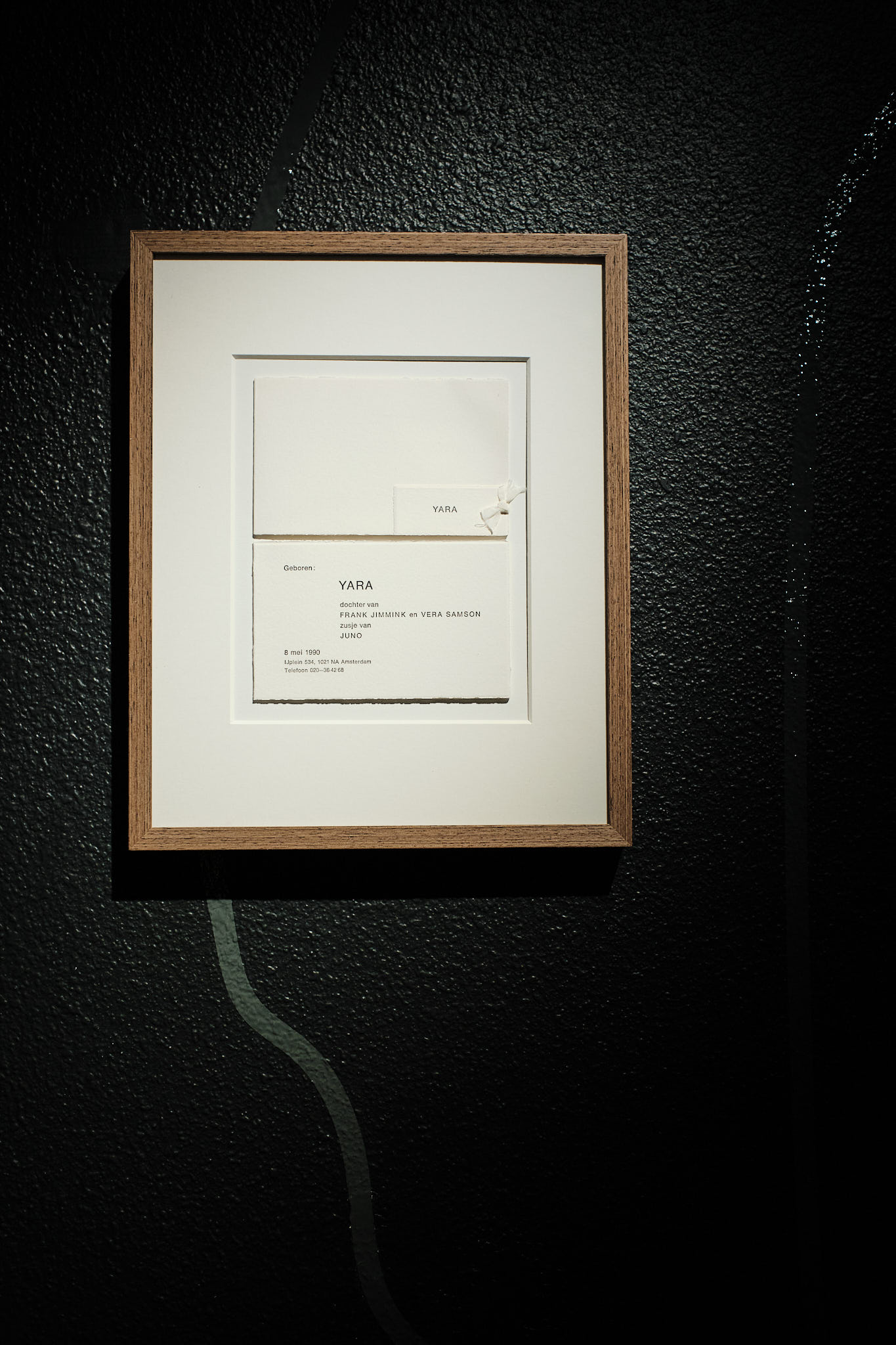
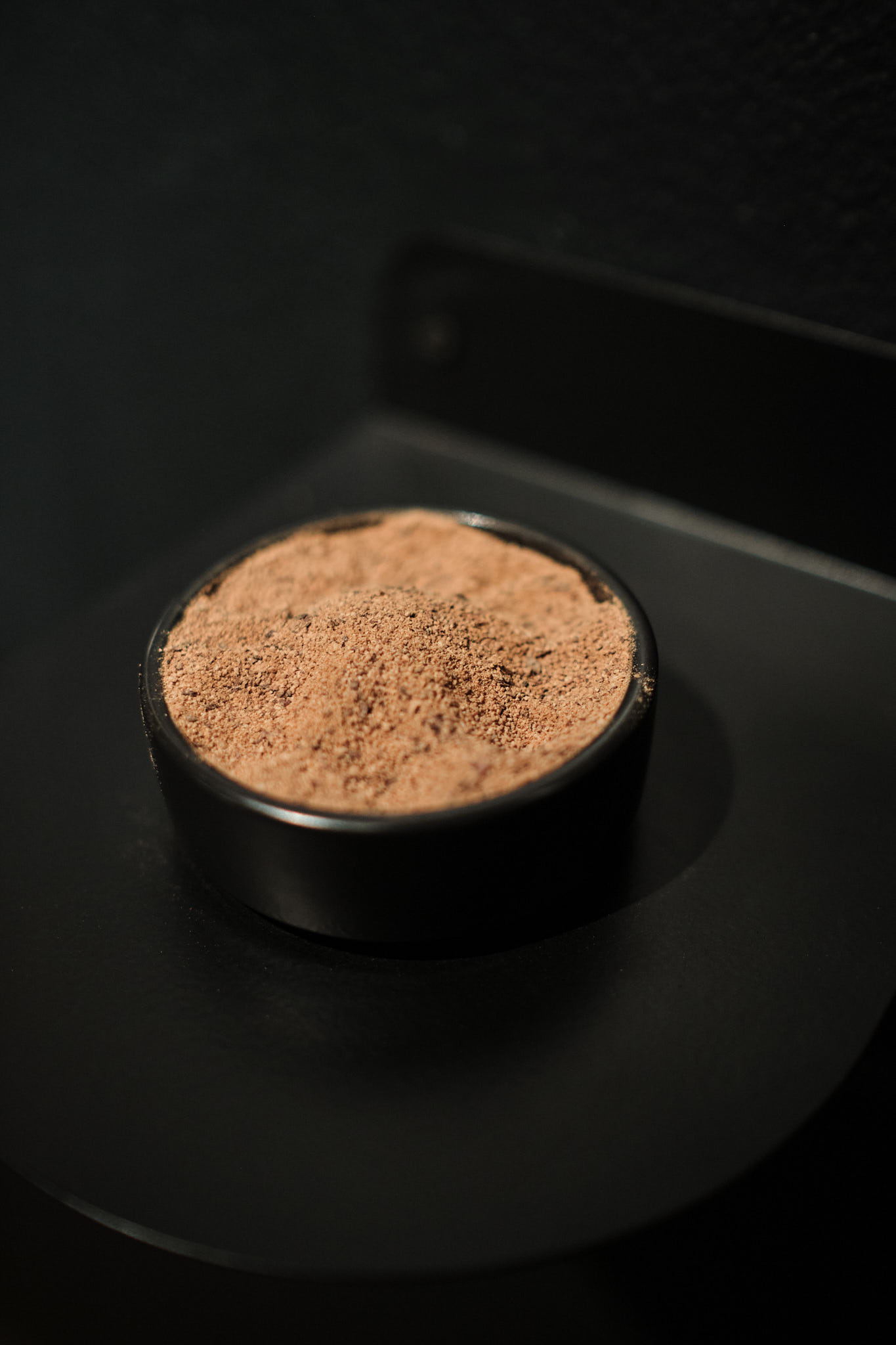
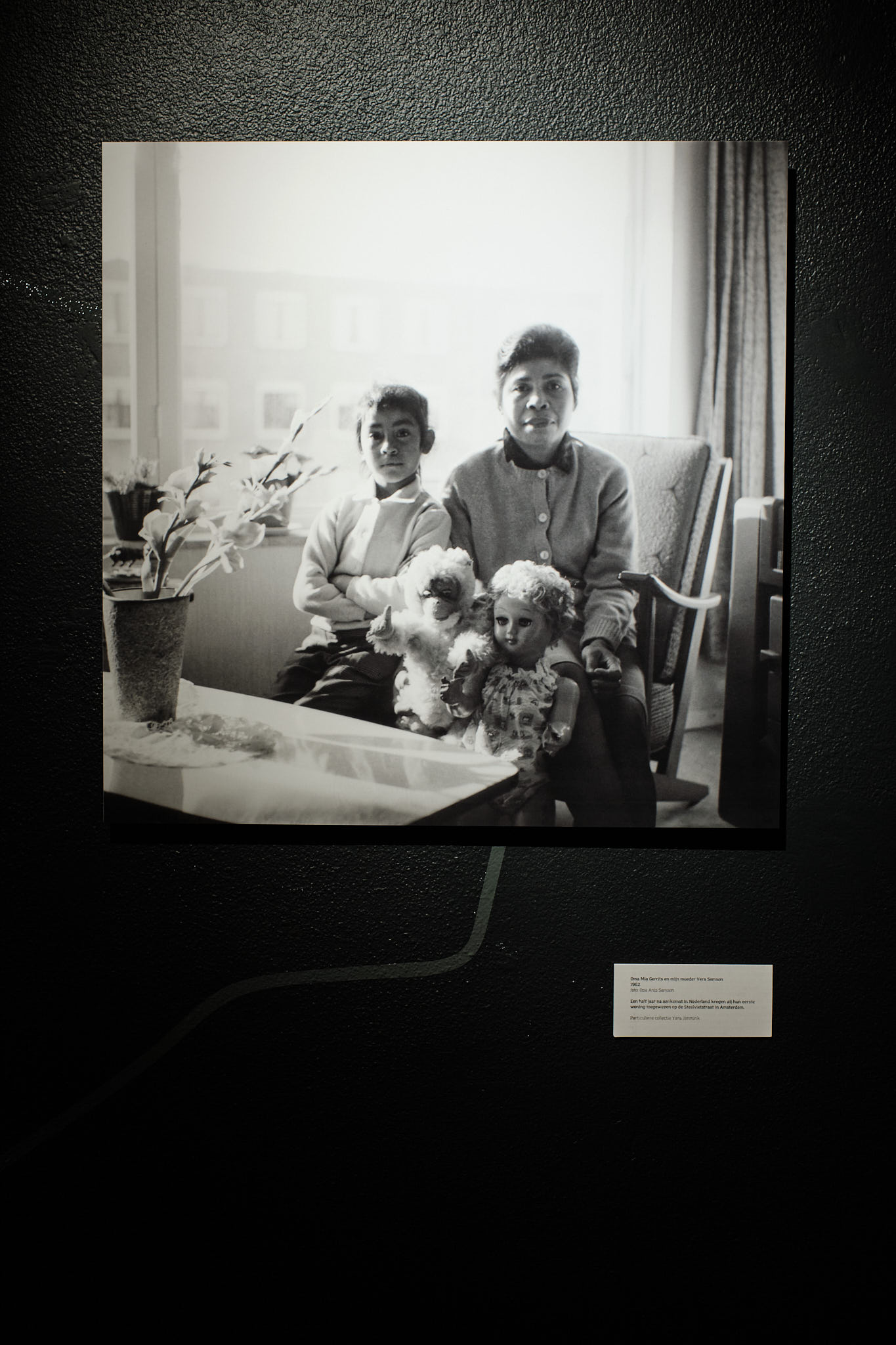


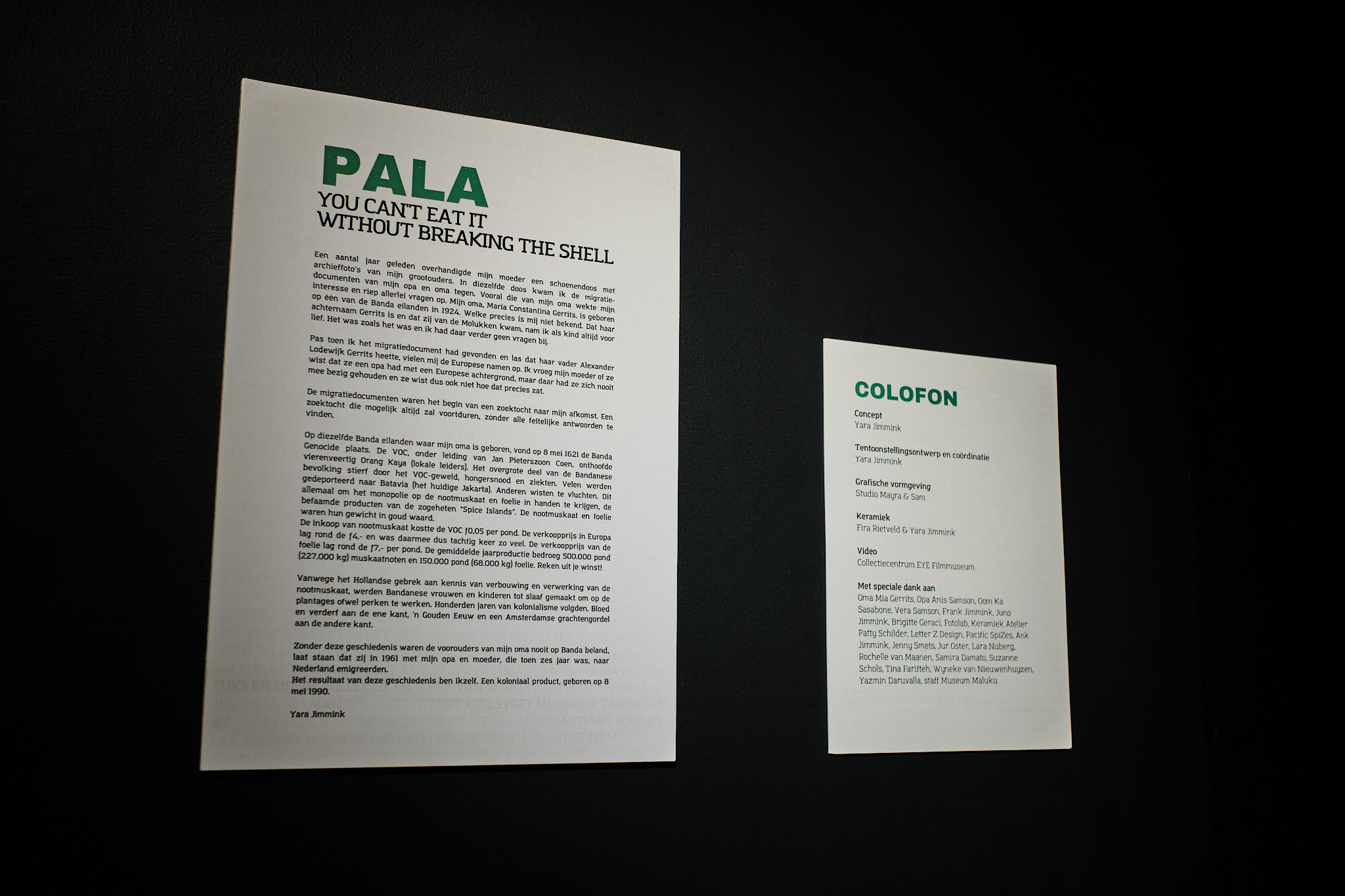
Some years ago my mother handed me the migration documents of my grandfather and grandmother. My grandmother's document especially triggered my interest and raised all kinds of questions. Grandma Maria Constantina Gerrits was born in 1924 on one of the many Banda Islands, Banda Neira.
As a child, I accepted the fact that her last name was Gerrits and that she came from the Maluku Islands as a given. It was what it was and I had no further questions about it. When I grew older and learned that her father was named Alexander Lodewijk Gerrits from her migration document, I was puzzled by the European names. I asked my mother if she knew about a grandparent with a European background, but she’d never delved into her genealogy and therefore didn’t know much about our family tree.
The migration passports ignited a search for my ancestry, a quest that may always continue without the outcome of finding all the factual answers.
On the same Banda Islands where my grandmother was born, the Banda Genocide took place on May 8, 1621. On that day, the VOC beheaded forty Orang Kaya (local leaders) under the leadership of Jan Pieterszoon Coen.
The vast majority of the Bandanese population died due to VOC violence, famine and disease. Many were deported to Jakarta and others managed to flee. All of this in order to gain a monopoly on nutmeg and mace, the famous products of the so-called "Spice Islands". Nutmeg and mace were worth their weight in gold. The purchase of nutmeg cost the VOC ƒ0,05 per pound and the selling price in Europe was around ƒ4,- which is eighty times its sum. The selling price of mace was around ƒ7,- per pound. The average annual production was 500.000 pounds (227.000 kg) of nutmeg and 150.000 pounds (68.000 kg) of mace, so calculate your profit.
The Dutch lacked knowledge on how to harvest and process nutmeg, which resulted in them forcing Bandanese women and children into slavery to work on the plantations. Hundreds of years of colonialism followed. Blood and destruction on one side, a Golden Age and the Amsterdam canals on the other.
Without this history, my grandmother's ancestors would never have ended up in Banda. In succession, she would never have emigrated to the Netherlands in 1961 with my grandfather and mother, who was six years old at the time. I am a result of this history. A colonial product, born on May 8, 1990.
This project has been exhibited from Feb - April ‘23 in Museum Maluku, the Hague.
Concept:
Yara Jimmink
Exhibition Design and Coordination:
Yara Jimmink
Graphic Design:
Studio Mayra & Sam
Ceramics:
Fira Rietveld & Yara Jimmink
Video:
Collection EYE Filmmuseum
Special thanks to:
Oma Mia Gerrits, Opa Anis Samson, Oom Ka Sasabone, Vera Samson, Frank Jimmink, Juno Jimmink, Brigitte Geraci, Fotolab, Keramiek Atelier Patty Schilder, Letter Z Design, Pacific SpiZes, Ank Jimmink, Jenny Smets, Jur Oster, Lara Nuberg, Rochelle van Maanen, Samira Damato, Suzanne Schols, Tina Farifteh, Wyneke van Nieuwenhuyzen, Yazmin Daruvalla, staff Museum Maluku
︎ Click here to listen to the radio interview [in Dutch] conducted by Esther Claire Sasabone and broadcasted on Radio Salto / Radio Bungkus.